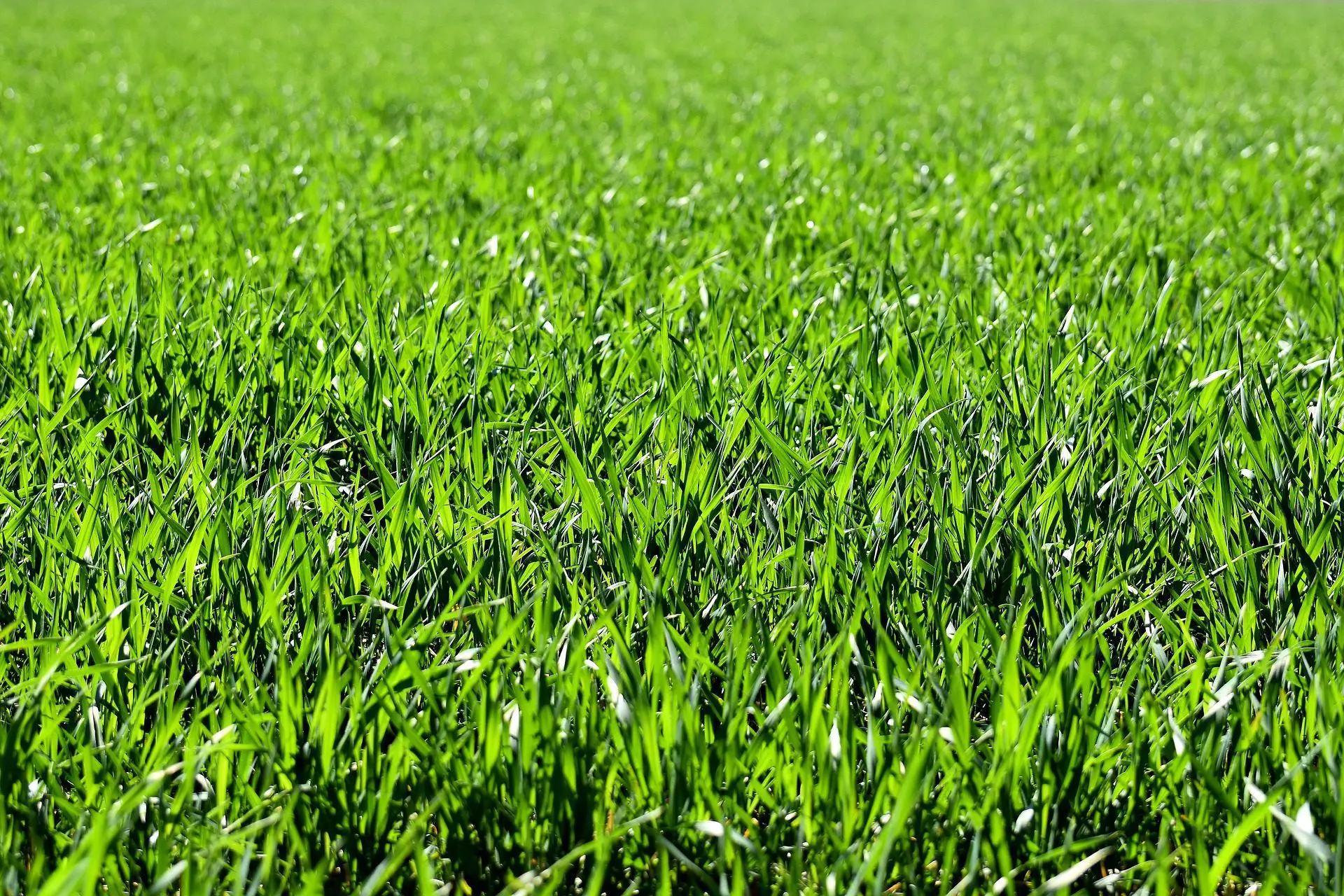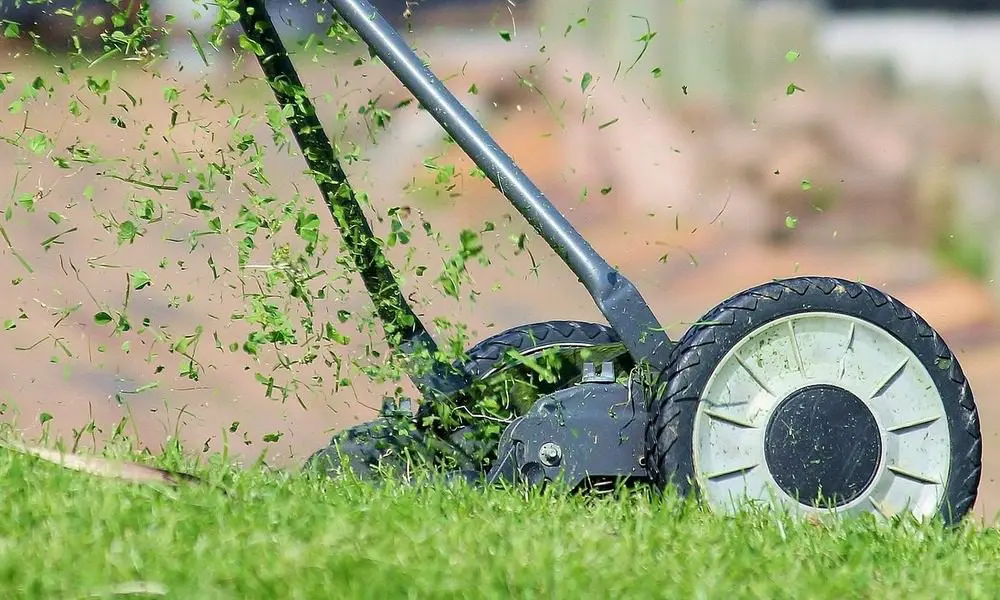When your grass is greener
There are several reasons why rain helps lawns green up, but one of the main reasons is nitrogen.
How does Nitrogen get into the soil
When plants grow, their smaller roots will die and new roots will sprout up. The dead roots will decay during this process.
The roots are composed of chemical compounds consisting mainly of carbon, but some nitrogen too. Carbon and nitrogen can cause the dead roots to decompose. When this occurs, a part of the nitrogen is released back into the soil.
Is rainwater rich in Nitrogen?
The atmosphere is made up of 78 percent nitrogen gas. When it rains, the rain brings some nitrogen down onto lawns in the form of nitrate and ammonium nitrogen. However only a small amount of the particulate nitrogen that falls directly on grass during rain events is directly absorbed into the leaves.
Can rainwater encourage Nitrogen absorption?
Rainwater saturates into the soil, pooling up and allowing the nitrogen from organic matter to be released. Subsequently, roots absorb this nitrogen rich water, which enhances the development and overall growth of the grass and causes the growing grass to be greener.












